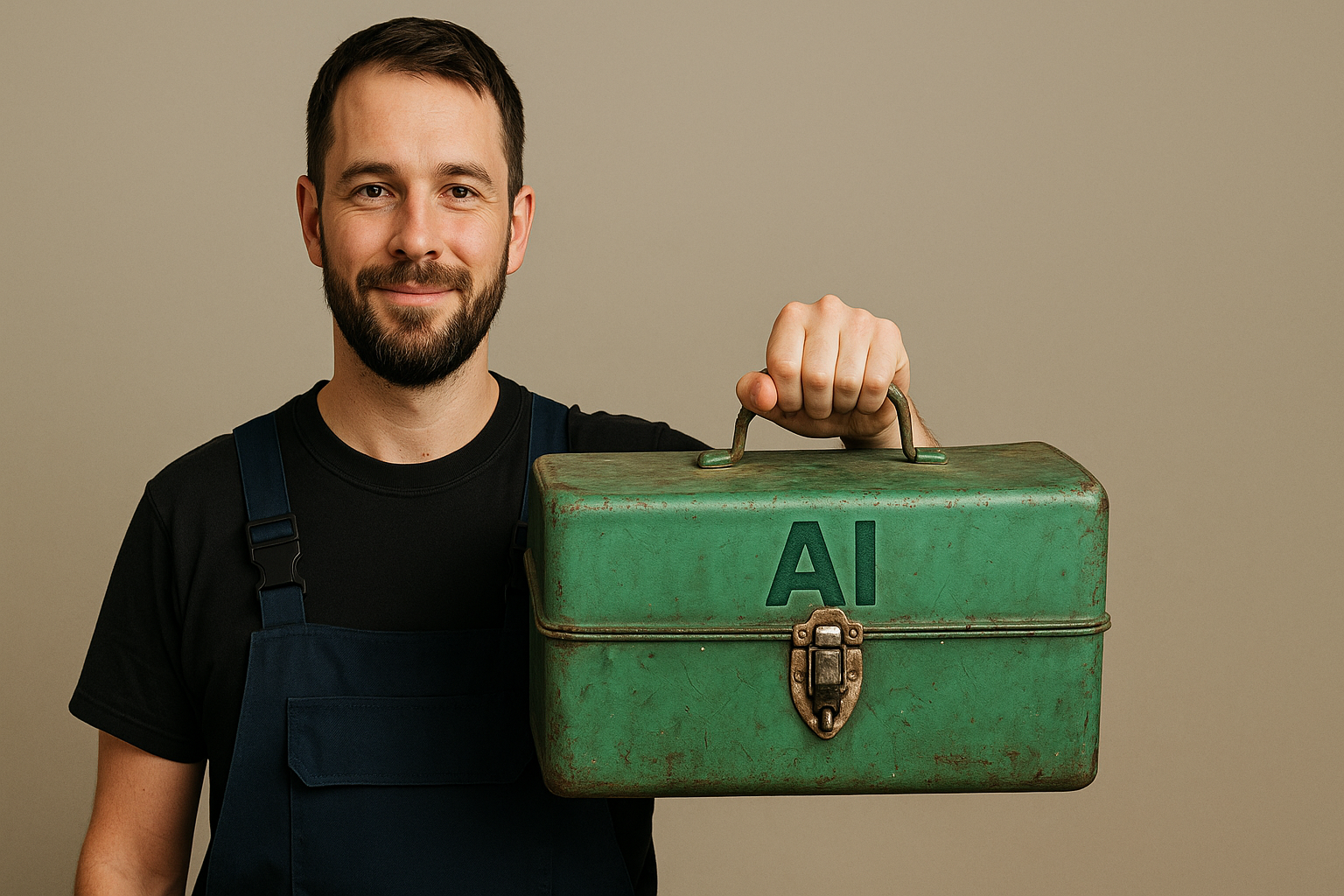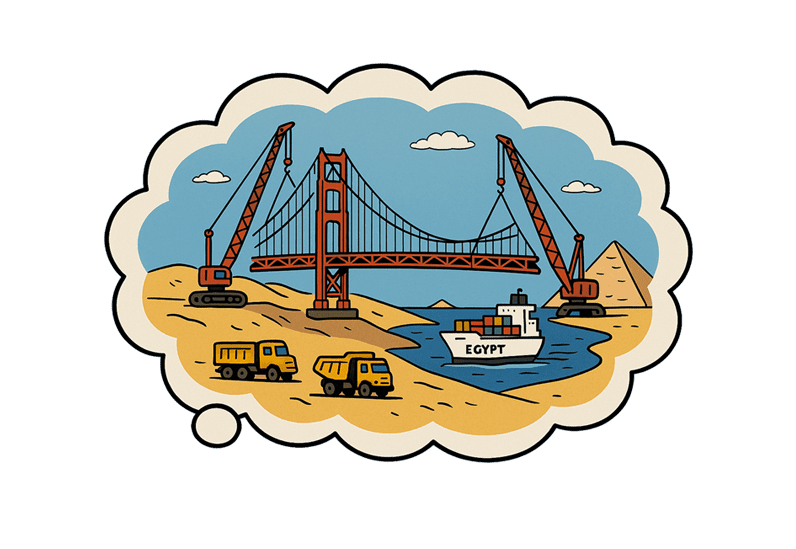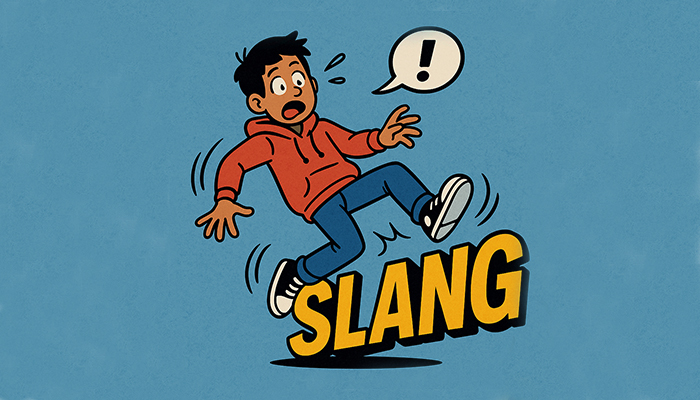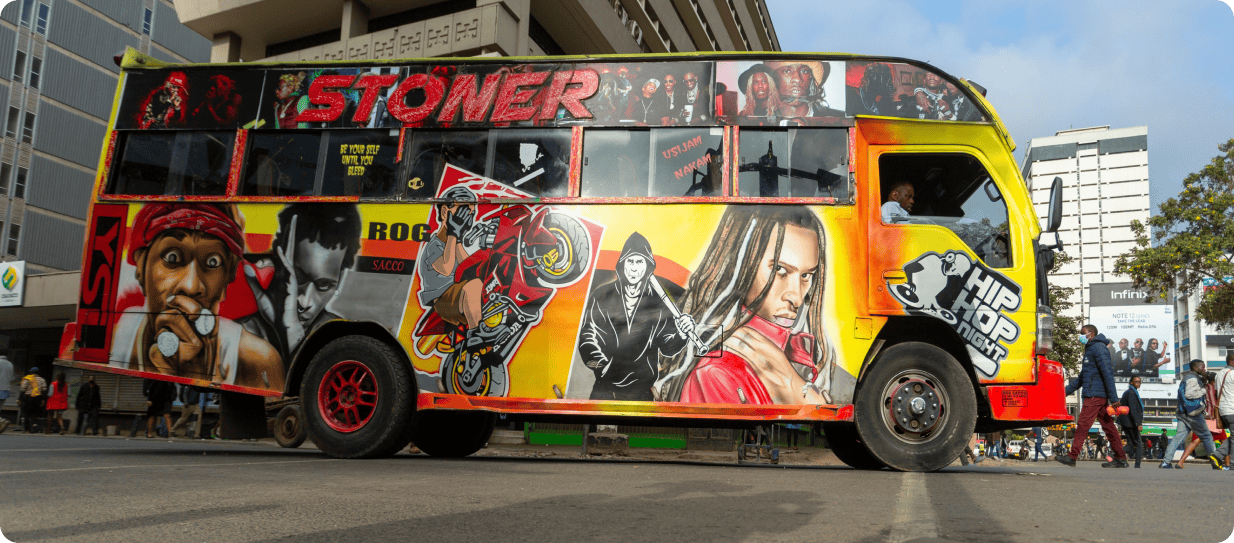How to Translate a Website: Machine vs Human vs Hybrid

Quick guide on how to translate a website
Ever noticed how everyone’s smiling when communication just clicks? That’s what happens when you get translation right: your message lands, your audience connects, and your brand feels at home.
There are three main routes to get there: machine translation (quick but clunky), human translation (authentic and unbeatable for high-impact content), and the hybrid approach, usually the best balance for larger, less creative projects.
Explore how each option measures up and decide what fits your goals.
Why website translation matters
Let’s start with a simple truth: English was never the default. Today, it accounts for just a quarter of the world’s internet users. So if your website isn’t available in other languages, you’re missing out on the vast majority of your potential audience.
And it’s not just about access. Research shows that nearly 75% of people prefer to buy products in their native language. Half said they’d rather have information in their language than pay less for a product. In short: people don’t just want to understand you—they want to feel understood.
Proper website translation also beats browser-based translation tools, which frequently miss nuance, misinterpret meaning, and fail to reflect your brand tone. And while multilingual staff may be able to help here and there, most don’t have the time (or training) to quality-check hundreds of pages across dialects and cultural differences.
Even so, website translation doesn’t need to feel overwhelming. With the right approach, it can be a powerful, scalable part of your growth strategy.
What should you translate?
Tempting as it is to translate everything, it’s usually better to prioritise. Start with the content that matters most to your visitors:
- High-traffic pages: Check your analytics. Begin with pages that see the most visitors from your target regions. This might include your homepage, key product or service pages, pricing info, and top-performing landing pages.
- Navigation and UI elements: Menus, buttons, forms, and other interactive elements should be localised to ensure a seamless experience.
- Conversion-focused content: Calls to action, testimonials, product descriptions, and case studies are all worth translating. These touchpoints help build trust and drive action.
- SEO-relevant content: Titles, meta descriptions, headers, and on-page keywords should be localised to increase your visibility in local search results.
Translation methods: pros and cons
There are three common approaches to translating a website. Each has strengths and drawbacks:
1. Machine Translation (MT)
Machine translation tools (like Google Translate or DeepL) can convert your content instantly, but without human oversight, they’re a risky shortcut rather than a reliable strategy. More recently, a wave of AI-powered platforms and website plugins have emerged promising ‘perfect’ translation at the click of a button—sometimes even claiming to localise your entire website in seconds. They’re fast, yes, and often free or low-cost, but they are far from flawless. Many overpromise and underdeliver, particularly when it comes to tone, nuance, context, or market-specific expectations. For straightforward internal content, these tools may suffice. But if you’re translating anything public-facing, brand-sensitive, or compliance-related, a professional human review isn’t optional—it’s essential.
Pros:
- Speed: Ideal for large volumes of content or tight timelines.
- Cost: Much cheaper than human translation.
- Consistency: Repeats phrases consistently across your site.
Cons:
- Lack of nuance: Struggles with idioms, tone, and brand voice. Machine translation can misread common phrases, translate something to mean the opposite of what was intended, or deliver output that seems fluent but is fundamentally incorrect.
- Errors: May mistranslate cultural references or industry-specific terminology.
- Post-editing required: A human still needs to review and fix the output.
MT can be useful for internal comms or high-volume product data, but shouldn’t be relied on for customer-facing content.
2. Human Translation
Professional translators bring cultural sensitivity, industry insight, and brand tone into the mix. They can adapt your content so it sounds like it was written for that market.
Pros:
- Accuracy and nuance: Ideal for marketing copy, creative content, and high-value pages.
- Expertise: Translators often specialise in specific sectors or dialects.
- Quality assurance: A second linguist can proofread for consistency and clarity.
Cons:
- Cost: Pricing typically ranges from £0.12 to £0.30 per word depending on language, subject and scope.
- Speed: Translation takes time—especially at scale.
That said, for content where tone, trust, or precision matter, human translation is well worth the investment. This is particularly true for low-resource languages—languages that have limited digital data and minimal machine learning support. For these, machine translation output can be so poor that it is often quicker, more accurate, and ultimately less frustrating to translate from scratch. Misinterpretations, missing context, or flat-out wrong results are common. In such cases, working with native-speaking professionals isn’t just a preference, it’s a necessity.
3. Hybrid: MT + Human Review
The best of both worlds. MT gets you speed; human review ensures quality.
Pros:
- Efficiency: Translate large volumes quickly with post-editing to ensure clarity and tone.
- Scalability: Great for eCommerce or multi-language campaigns.
- Flexibility: Use human translation for hero pages, and MT+review for longtail content.
Cons:
- Still requires review: MT output is never ready-to-publish without QA.
- Not suitable for all content: Creative or emotionally-led copy still needs a human touch.
Preparing for website translation
Before you dive in, it pays to prepare. Consider these three key areas:
- 1. Choose your markets wisely: Which regions are you targeting, and why? Look at traffic, conversion rates, and growth potential. Let that guide your language priorities.
- 2. Prepare your website technically: Make sure your CMS supports multilingual content. Design layouts should allow for text expansion. Think about fonts, date formats, and visuals—what works in one market may feel off in another.
- 3. Plan your workflow: Whether you’re using an agency or building in-house, establish a clear process. Who signs off content? How are updates handled? What’s your QA process?
Translation tools & tech
Using software to manage your translations can save time and reduce errors. Options include:
- Translation Memory: Stores previously translated phrases for reuse.
- Glossaries: Keep terminology consistent across languages.
- Style guides: Ensure tone and voice are maintained.
- Proxy solutions: Instantly serve translated versions without rebuilding your site.
These tools are particularly helpful if you’re working with multiple languages or frequent updates.
Where to focus your time and budget
If you’re juggling limited resources, here’s where to invest:
- Prioritise high-impact content (product pages, CTAs, service info).
- Use hybrid workflows for scalable content.
- Leave creative copy to expert human translators.
- Make time for QA and testing to ensure it all works smoothly.
Final thoughts
Website translation isn’t just a technical task, it’s a strategic opportunity. Get it right, and you’ll be rewarded with a stronger global brand, better conversion rates, and happier customers.
Need a hand with that? At Brightlines, we combine the best of human insight with smart tools to make multilingual websites feel local, not lost in translation.
Let’s make your message land with impact, clarity, and care.






